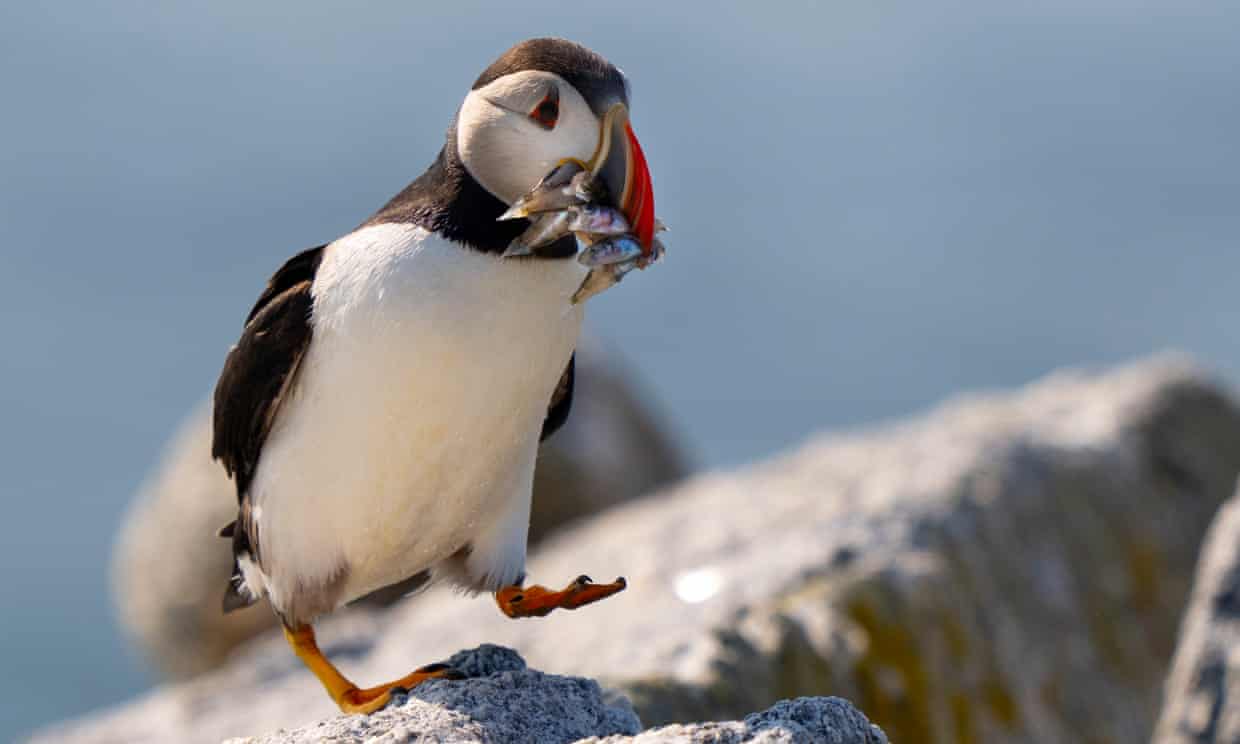
More than half the seabird species breeding on British and Irish coasts have declined over the last 20 years, according to the most comprehensive census to date.
Some species have declined due to climate change reducing food availability and increasing storminess at nest sites, while others have been hit by commercial fishers depleting fish populations and, in some cases, predation on land by invasive mammals such as brown rats.
In Scotland, 14 out of 20 breeding seabird species were found to be in decline, whereas in England eight species increased, six declined and five were stable. In Wales, 11 were increasing while six were in decline, and in Northern Ireland, seven were increasing with four in decline.
Common gull numbers have decreased by 49% since the last survey in 2000 because of loss of nesting habitat and less food for coastal-nesting birds.
The roseate tern population has soared by 152% since the last census, due to the protection of nest sites and work to reduce predation by non-native species.
Numbers of puffins have also declined at a majority of sites surveyed in the census, which took place between 2015 and 2021, before the latest outbreaks of avian flu.
Globally, the Atlantic puffin, for whom sand eels are a crucial, declining food-source in British and Irish waters, is considered vulnerable to extinction. Britain and Ireland hold about 8% of the global population.